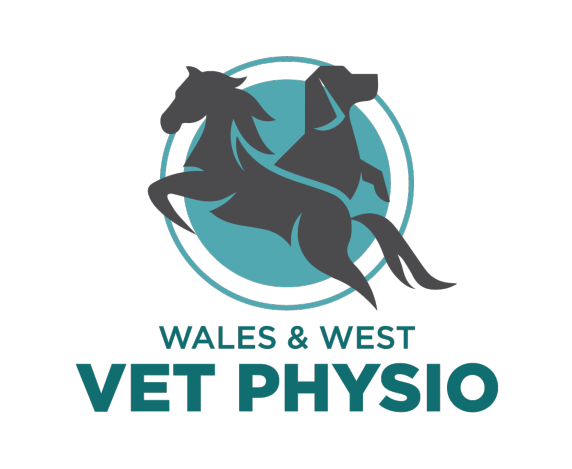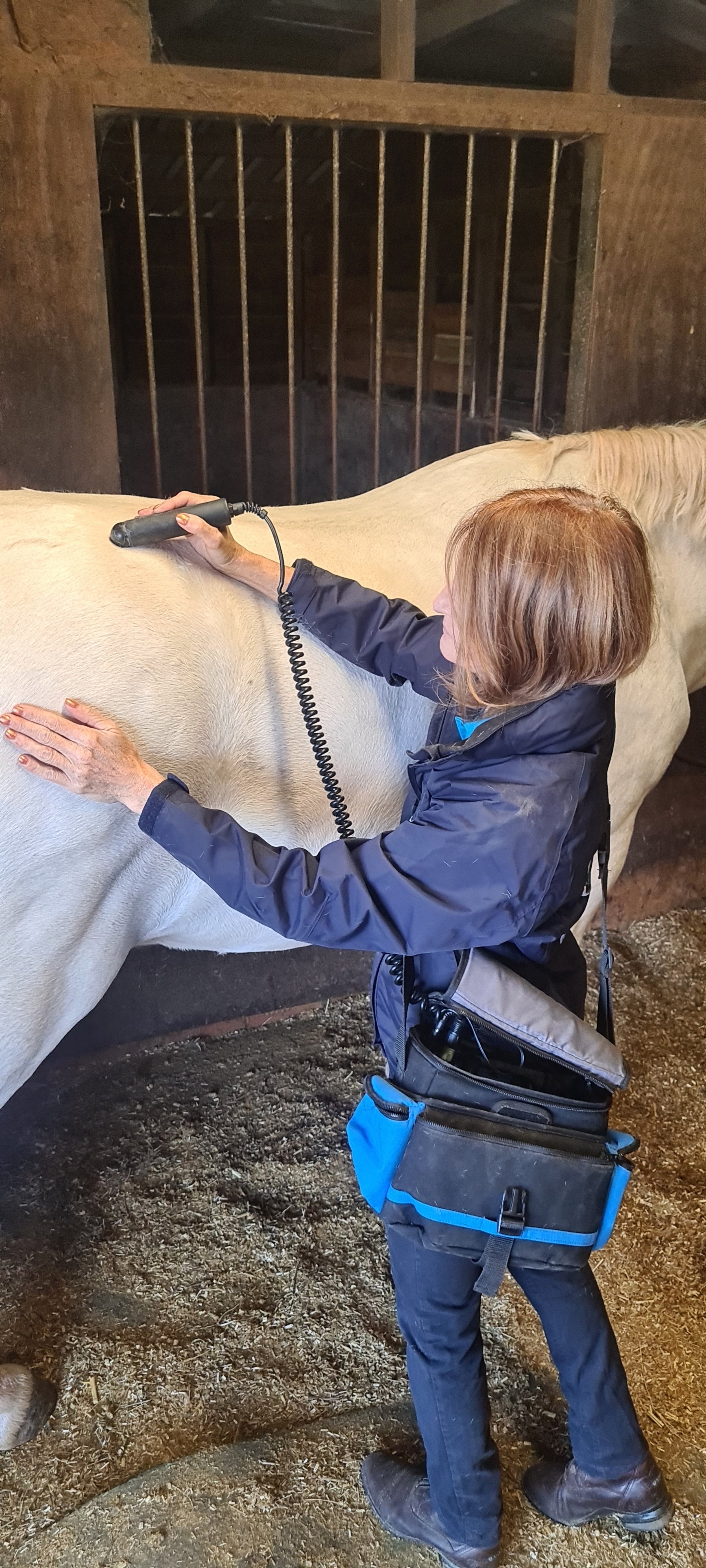Horse releasing tension by yawning following a massage and treatment . This horse suffers with a muscle myopathy called PSSM and can get very sore.
Why Animal Physiotherapy?
Physiotherapy is well recognised in humans as part of an athletic fitness programme- either using massages to relax hard-working muscles after a work out; or using structured exercises to build condition and strength in targeted muscles or to help recovery and rehabilitate after an injury.
Animals benefit for the same reasons – by using different manual therapy techniques, electrotherapies and exercise routines; we can improve or maintain their musculoskeletal health.
More than just a “massage”, a full Physiotherapy assessment and treatment can help to identify areas of tenderness or weakness before they become a bigger problem.
Conditions where Physiotherapy can help
Physiotherapy Benefits
What to Expect in a Session
Each session varies depending on the assessment findings. Generally, dogs need 30-45 mins, while horses require a little longer at 90-120 mins for their initial consultation. The session starts with a complete assessment, followed by treatment, which may include using an electrotherapy device such as therapeutic ultrasound, laser, pulsed electromagnetic field or muscle stimulation. These devices complement the manual therapies used and help to prolong the treatment effects.








